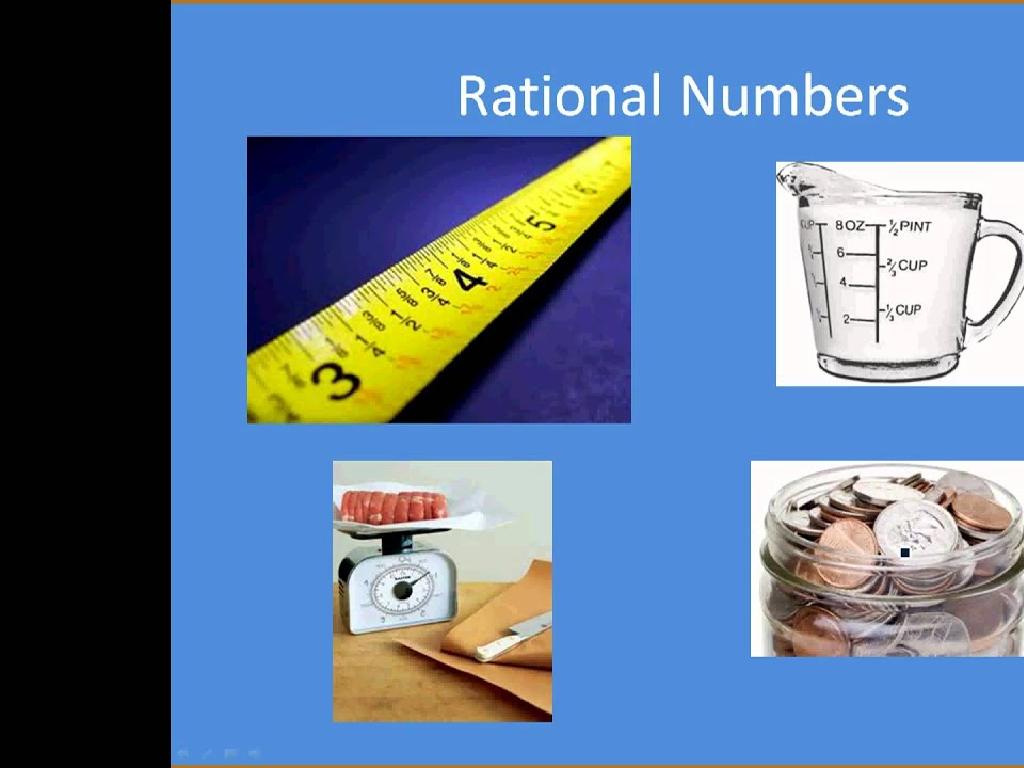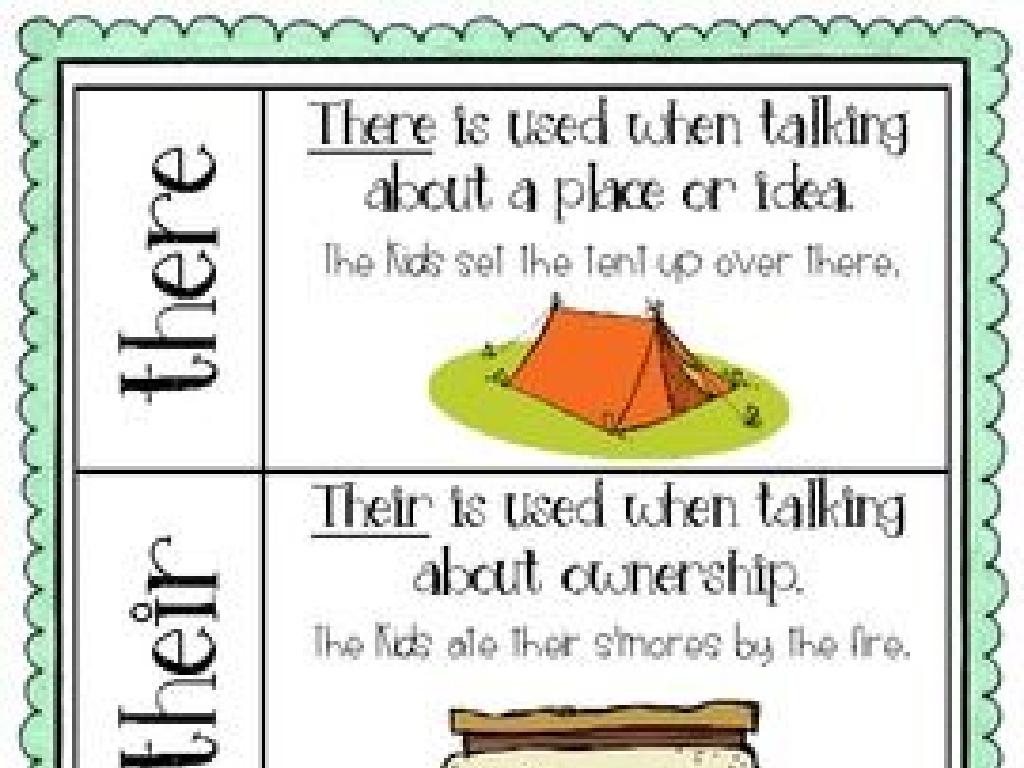Name The 50 State Capitals
Subject: Social studies
Grade: Fourth grade
Topic: State Capitals
Please LOG IN to download the presentation. Access is available to registered users only.
View More Content
Exploring State Capitals
– What’s a State Capital?
It’s the city where the government of a state is based.
– Importance of State Capitals
Knowing them helps us understand our nation’s geography and governance.
– Overview of the 50 States
Each of the 50 states has its own unique capital with a rich history.
– Fun Facts about Capitals
Some capitals are not the largest city in the state!
|
Begin the lesson by defining a state capital as the city where the state government is located, which includes the governor’s office and the state legislature. Emphasize the importance of knowing state capitals as part of understanding the country’s geography and political organization. Provide a brief introduction to the 50 states of the United States, possibly with a map to visualize their locations. Highlight interesting facts, such as some capitals not being the largest city in their state, to pique students’ curiosity. This slide sets the stage for further exploration of each state and its capital, encouraging students to learn more about the places where important decisions are made.
Mastering State Capitals with Learning Tips
– Use mnemonics for memorization
– Like ‘Silly Monkeys Play Nice’ for ‘SMPN’: Sacramento, Montpelier, Phoenix, Nashville
– Relate capitals to state shapes
– Visualize the state’s outline to recall its capital
– Connect capitals with landmarks
– Remember the Alamo to recall Austin, Texas
– Group states by regions
– Learn the Northeast capitals together, then move to other regions
|
This slide introduces effective strategies for remembering all 50 state capitals. Mnemonic devices are creative ways to remember lists of information. Encourage students to come up with their own phrases or sentences where the first letter of each word stands for a state capital. Associating state shapes and landmarks with their capitals can also serve as a visual cue to trigger memory. Grouping states into regions can break down the task into smaller, more manageable parts, making it less overwhelming. During the next class, students can work in groups to create their own mnemonics and share with the class, draw state shapes, identify landmarks, and group states by regions on a map.
Northeast Region State Capitals
– Locate Northeast states on a map
– Use a map to find states like Maine, New York, and Pennsylvania
– List of Northeast state capitals
– Capitals include Augusta, Albany, and Harrisburg
– Fun facts about each capital
– Did you know Harrisburg has a huge outdoor sports show?
– Understanding the importance of capitals
– Capitals are often the political hub of the state
|
This slide aims to familiarize students with the geography of the Northeast region of the United States and its state capitals. Start by showing a map and helping students identify each Northeast state. Then, list the capitals of these states, ensuring students can associate each capital with its respective state. Share interesting facts to make the learning process engaging, such as historical tidbits or unique events that occur in these capitals. Explain that state capitals are significant as they typically house governmental offices and serve as a central location for state political activities. Encourage students to remember these capitals through mnemonic devices or by associating the fun facts with each city.
Midwest Region State Capitals
– Locate Midwest states on a map
– Use a map to find states like Illinois, Ohio, etc.
– List of Midwest capitals
– Capitals include Springfield, Columbus, and more
– Fun facts about each capital
– For example, Madison is known for its lakes
– Discuss capital significance
– Why are these cities chosen as capitals?
|
This slide aims to familiarize students with the geography of the Midwest region and its state capitals. Start by identifying the Midwest states on a U.S. map. Then, list the capitals of these states, ensuring students can associate each capital with its respective state. Share an interesting fact about each capital to make the learning process engaging, such as historical significance or a unique feature of the city. Encourage students to think about why a particular city might be chosen as the state capital, considering factors like location, population, and historical events.
Southern Region State Capitals
– Locate Southern states on a map
– Use a map to find states like Texas, Florida, and Georgia
– Memorize Southern capitals
– Learn capitals: Austin, Tallahassee, Atlanta, etc.
– Historical significance of capitals
– Why are some capitals historically important? E.g., Montgomery in the Civil Rights Movement
– Class activity: Map labeling
– Label Southern states and capitals on your map
|
This slide aims to help students identify Southern states and their capitals, understand the historical context, and engage in an interactive map activity. Start by showing a map and pointing out Southern states. Then, list the capitals and use mnemonic devices to help memorize them. Discuss the historical significance of selected capitals, such as Montgomery’s role in the Civil Rights Movement. For the activity, provide students with blank maps to label states and capitals. This hands-on approach reinforces learning and makes the lesson more engaging. Encourage students to share any prior knowledge of these places during the discussion.
Western Region State Capitals
– Locate Western states on a map
– List capitals of the Western states
– Examples: Sacramento for California, Denver for Colorado
– Unique features of Western capitals
– Some capitals have historical landmarks or natural wonders
– Class activity: Capital match-up
– Match state shapes with their capitals on a worksheet
|
This slide aims to help students identify the Western states on a U.S. map and learn their capitals. Start by showing the Western region on a map and pointing out each state. Then, list the capitals of these states, providing a few examples and asking students to repeat after you. Discuss unique features of some capitals, like Sacramento’s gold rush history or Denver’s mountainous backdrop, to make the lesson more engaging. For the class activity, provide worksheets with state shapes and have students match them to their capitals. This interactive approach will reinforce their learning and make the lesson enjoyable.
Interactive Quiz: State Capitals
– Fun knowledge quiz time!
– Match states with their capitals
– Example: What is the capital of Texas?
– Pair up for the quiz challenge
– Work together to find answers
– Show what you’ve learned!
|
This slide introduces an interactive quiz activity to help students review and reinforce their knowledge of the 50 state capitals. The quiz format is designed to be engaging and collaborative, encouraging students to work in pairs to match each state with its correct capital. Provide students with a worksheet that lists all 50 states in one column and a scrambled list of capitals in another column. They will draw lines to connect the state to its capital. Offer hints and assistance as needed, and consider rewarding small prizes for correct answers to motivate participation. After the activity, review the correct answers as a class to ensure understanding. This activity not only tests their memory but also promotes teamwork and communication skills.
Class Activity: Learning State Capitals
– Create a mnemonic for capitals
– Mnemonics help memorize lists, like ‘My Very Eager Mother Just Served Us Nine Pizzas’ for planets.
– Draw and label states and capitals
– Use a blank map, color in each state, and write the capital next to it.
– Present your mnemonic and map
– Explain your mnemonic to the class and show your map.
– Share and learn with classmates
|
This activity is designed to help students learn the 50 state capitals through creative and interactive methods. Mnemonics are memory aids that can make learning fun and easier to remember. Encourage students to think of a phrase where the first letter of each word stands for a state capital in a particular region. Provide blank maps for students to draw and label the states and their capitals. After creating their mnemonics and maps, students will present them to the class, which will help reinforce their learning and provide an opportunity for public speaking practice. Possible activities for different students could include creating a song, a story, or a poem with the state capitals. This will cater to different learning styles and keep the class engaged.
Wrapping Up: State Capitals & Geography
– Recap state capitals by region
– Review the capitals we’ve learned, grouped by their regions.
– Why geography knowledge matters
– Understanding where each state is and its capital helps us appreciate our nation’s diversity.
– Next class: State flags
– We’ll learn what each state flag represents and the stories behind them.
– Get ready to explore symbols
– Think about your state flag and what you think it symbolizes.
|
As we conclude today’s lesson, it’s important to review the state capitals within the context of their respective regions to help students visualize and remember them better. Emphasize the importance of knowing our country’s geography as it enhances our sense of national identity and understanding of cultural diversity. For the next class, prepare the students to dive into the meaning behind state flags, which will further enrich their knowledge of the United States. Encourage them to think about their own state flag and what symbols or images they might find on it, fostering curiosity and excitement for the next lesson.






